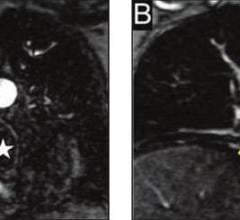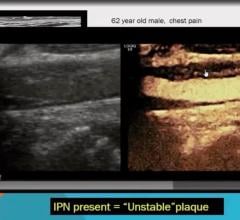January 10, 2008 – Molecular imaging agents development will enhance the use of single photon emission computed tomography (SPECT) and positron emission tomography (PET) for early diagnosis of disease, according to the report Molecular Imaging Agents: Evolving Capabilities, Emerging Opportunities.
Molecular imaging agents can associate with highly specific markers on the surface of cells to provide specificity, which will advance imaging for disease detection through greater visualization, targeted drug delivery and mapping physiological changes over time.
SPECT and PET, with more than half of known molecular agents qualified for these modalities, will mainly benefit from the development of targeted imaging agents. PET tracers have recently been adapted to image gene expression, which will become increasingly important in the assessment of new genetic therapies for cardiovascular disease and cancer.
Thus far, the most significant progress for molecular imaging so far has been in the field of oncology, with targeted agents now available for a number of tumor markers including EGFR receptors, Integrin _v_3, CEA, MC-1 Receptor and folate receptor. A growing number of neurological agents for specific markers such as the amyloidosis group of diseases, CB1, SERT and dopamine receptors have also been identified.
For more information: www.applieddata.org


 August 17, 2023
August 17, 2023 







